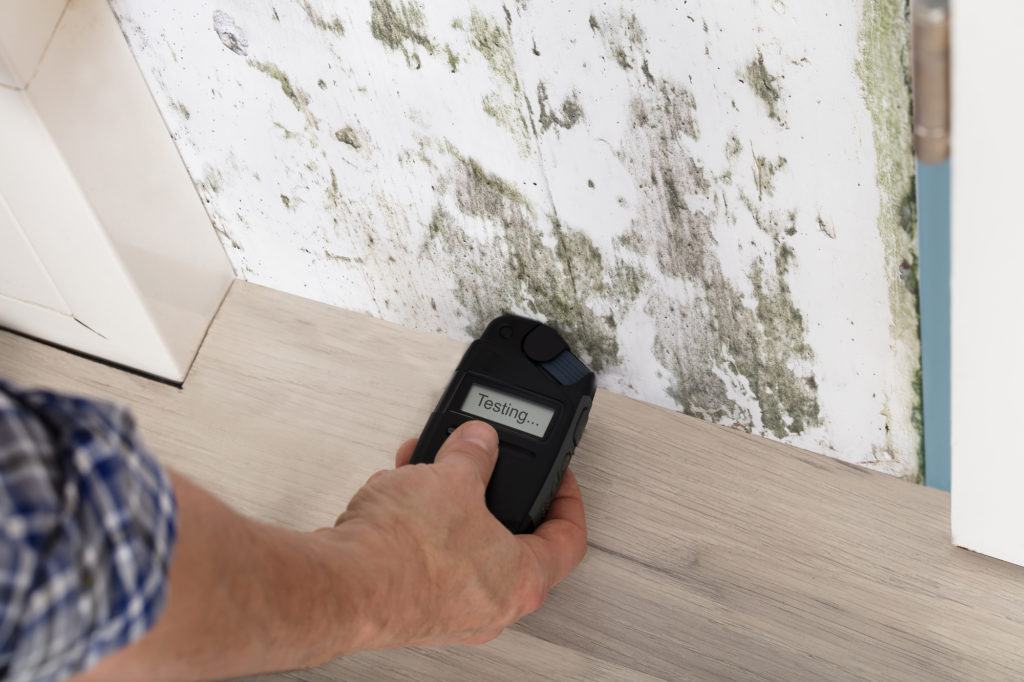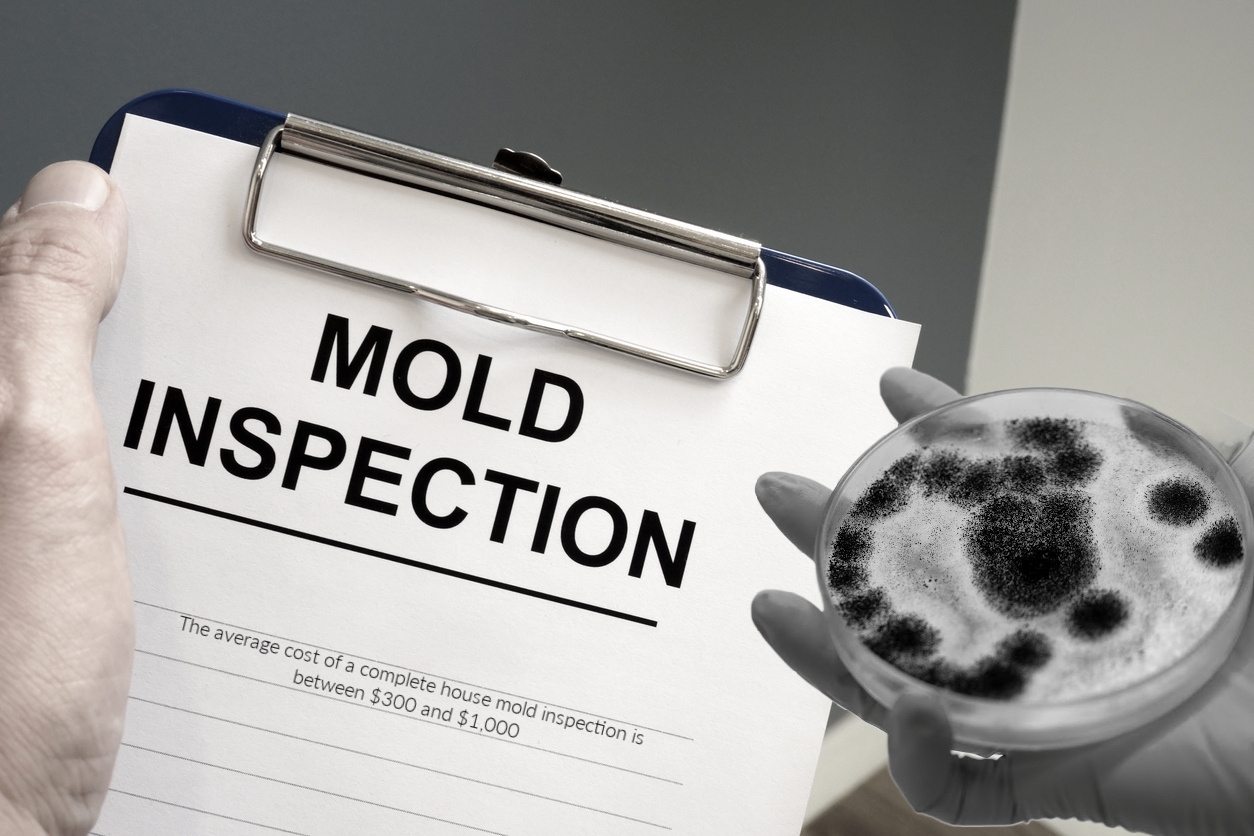Effective Message Mold And Mildew Remediation Solutions for Your Home
Mold and mildew development in homes can be a persistent problem, commonly requiring a systematic method for efficient post-remediation options. From recognizing the elements that add to mold advancement to implementing proper cleansing methods and wetness control actions, the procedure can be elaborate yet crucial for preserving a healthy living atmosphere. In addition, discovering all-natural removal options and establishing a regular for recurring upkeep are vital parts of a thorough mold remediation technique. As property owners strive to resolve mold and mildew worries, locating one of the most efficient options ends up being critical for the wellness of their families.
Understanding Mold Development Factors
The main factor contributing to mold development is wetness. Mold spores need dampness to sprout and prosper, making humid or damp settings highly at risk to mold problems.

Additionally, air movement and light exposure can influence mold and mildew growth. Locations that lack proper air flow and all-natural light are much more vulnerable to mold and mildew advancement. By addressing these factors comprehensively, individuals can successfully mitigate mold and mildew development and guard their living environments.
Appropriate Mold And Mildew Cleansing Strategies
Using efficient cleansing approaches is essential in attending to and stopping the reoccurrence of mold and mildew contamination in indoor settings. The initial step in correct mold cleaning is to consist of the affected location to avoid the spread of spores to unpolluted areas.

Carrying Out Wetness Control Actions
To successfully stop mold and mildew growth and contamination in indoor environments, executing wetness control actions is paramount. In addition, making certain proper air flow in areas vulnerable to moisture accumulation, such as cooking areas and washrooms, can assist lower the danger of mold and mildew development. By faithfully carrying out these wetness control actions, house owners can successfully lower the probability of mold recontamination and keep a healthy indoor environment.
Using All-natural Removal Solutions
After successfully implementing moisture control check it out steps to protect against mold development in indoor atmospheres, house owners can now discover the performance of natural remediation solutions in keeping a healthy and balanced home. All-natural remediation options make use of ecologically friendly approaches to deal with mold and mildew and mildew, making them a prominent choice for those seeking non-toxic alternatives. One such option is using vinegar, a natural antimicrobial agent, to disinfect and tidy surface areas infected by mold and mildew. Merely dilute vinegar with water and spray it onto the influenced areas, allowing it to sit for a few hours prior to wiping tidy. In addition, tea tree oil, recognized for its antifungal homes, can be blended with water and sprayed onto mold-infested surfaces to hinder more growth. An additional natural option is hydrogen peroxide, which can successfully kill mold and mildew on different surfaces without leaving hazardous deposits behind. By incorporating these natural remediation solutions into their cleansing regimens, homeowners can properly combat mold development while promoting a much healthier indoor setting on their own and their households.

Keeping a Mold-Free Atmosphere
On great post to read a regular basis evaluating locations vulnerable to mold development, such as bathrooms, cooking areas, basements, and attics, is essential. Appropriate air flow in areas with high moisture levels is likewise essential to preventing mold development.
Furthermore, maintaining cleanliness in the home is crucial for mold and mildew avoidance. On a regular basis cleaning and cleaning surface areas, carpets, and furniture can help eliminate mold spores prior to they have a chance to increase and work out. Using mold-resistant my link products for building and construction materials and home furnishings can better aid in developing a mold-free setting. Lastly, keeping interior plants in check and making sure proper drainage in outdoor landscaping can reduce wetness accumulation, minimizing the likelihood of mold problems. By following these positive upkeep techniques, homeowners can successfully promote a mold-free living room.
Conclusion
Finally, it is vital to address mold and mildew development elements, utilize correct cleaning techniques, execute wetness control measures, use natural removal options, and preserve a mold-free atmosphere in order to successfully manage post mold and mildew removal in your house - testing air quality after mold remediation. By adhering to these techniques, you can prevent mold and mildew from persisting and make certain a healthy and balanced living setting for you and your family members
The main aspect contributing to mold growth is moisture. Mold spores require wetness to flourish and germinate, making damp or wet atmospheres highly vulnerable to mold and mildew problems.To efficiently stop mold growth and contamination in indoor environments, executing dampness control steps is paramount. In addition, ensuring appropriate ventilation in locations prone to moisture buildup, such as shower rooms and cooking areas, can aid reduce the risk of mold growth.After effectively executing dampness control actions to prevent mold development in indoor environments, property owners can now check out the effectiveness of natural removal services in keeping a healthy and balanced living space.